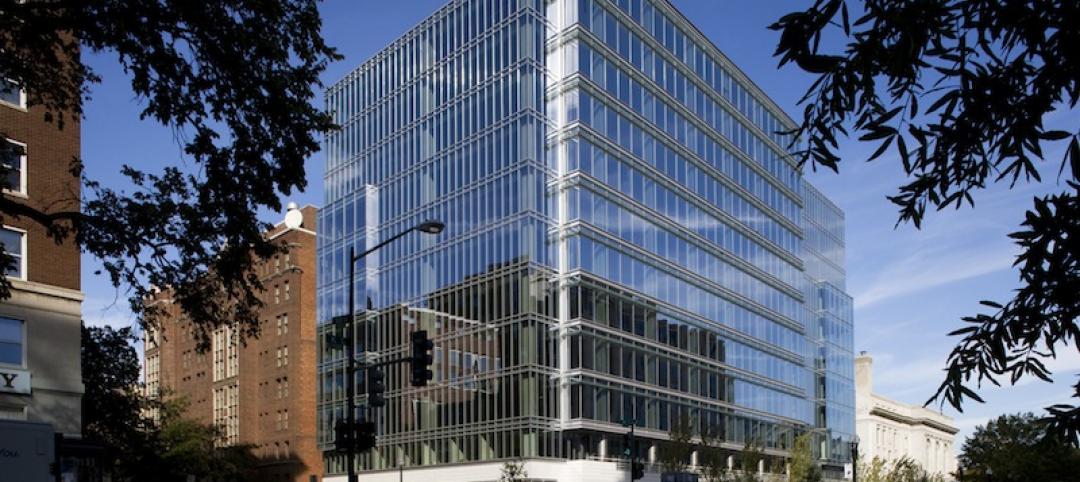More than 60 of the largest and most influential global architecture, landscape architecture, engineering, planning, and construction firms issued a document to government leaders attending the United Nations Climate Change Conference of the Parties (COP 26) challenging them to increase emissions reduction targets for the built environment.
The companies collectively put in place over $300 billion in annual construction, and the two dozen industry organizations represent more than one million building industry professionals worldwide. The letter urges governments to meet the Paris Agreement’s 1.5-degree carbon budget.
Buildings are the largest source of the world’s carbon emissions globally, accounting for about 40% of total emissions. When embodied carbon of buildings is included, that percentage is substantially higher. Thus, decarbonizing the built environment is essential to achieving the goal of the Paris Agreement.
Progress made in the United States in reducing carbon emissions in the built environment is encouraging, though. The U.S. building sector has not increased its energy consumption since 2005, even though the nation added more than 50 billion sf of buildings during that time. Today, carbon emissions in the U.S. building sector continue to decline each year and are currently down 30% from 2005 levels.
Related Stories
| Oct 31, 2013
IECC code updates include better lighting controls and new HVAC technology
The proposed new code will increase the mandatory installation of occupancy sensors and daylighting controls to many new types of spaces.
| Oct 31, 2013
Effects of green, white roofs to be compared at Walmart in Oregon
Portland State University will construct a 40,000 sf green roof research site on the top of a new Walmart store in North Portland, Ore., and compare it to a 52,000 sf section of roof with a white membrane.
| Oct 31, 2013
GSA okays Green Globes; USGBC counters forestry industry concerns
Green Globes, a LEED rival, was recently declared to be nearly equal with LEED standards by the General Services Administration.
| Oct 25, 2013
California struggles with updated seismic codes
In California, there are still hundreds of concrete buildings that need reinforcement to bring them up to the new seismic code.
| Oct 24, 2013
Supplement No. 2 to AISC 358-10 Prequalified Moment Connection Standard available for public review
Supplement No. 2 to the American Institute of Steel Construction (AISC) standard Prequalified Connections for Special and Intermediate Steel Moment Frames for Seismic Applications (AISC 358-10) is now available for public review.
| Oct 24, 2013
Changes in LEED v4 will have large impact on materials manufacturers
Changes to LEED in LEED v4 are so dramatic that they will send ripples into other industries and shift expectations on sustainability reporting and performance far beyond the building industry.
| Oct 24, 2013
D.C. office buildings going green at twice the national average
In 2011, about 33% of new office buildings in the U.S. were built to green standards, but in the nation’s capital that rate has skyrocketed.
| Oct 18, 2013
AGC considers suit over new hiring goals for vets, disabled
The Associated General Contractors of America and the HR Policy Association are reportedly considering taking legal action over the Labor Department's new hiring goals for veterans and disabled people.
| Oct 18, 2013
Cities may be more capable of driving sustainability than nations, experts say
With countries not tackling climate change aggressively, cities are in the best position to drive increased sustainability.
| Oct 8, 2013
Kansas City board OKs $1.6 billion TIF for $4.3 billion redevelopment project
Kansas City’s Tax Increment Financing Commission voted unanimously to forward the Bannister & I-435 TIF Plan to the Kansas City Council for approval.
















